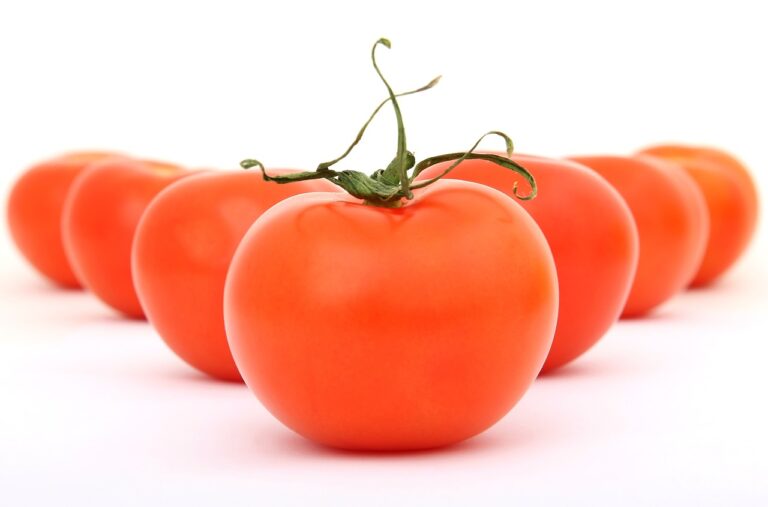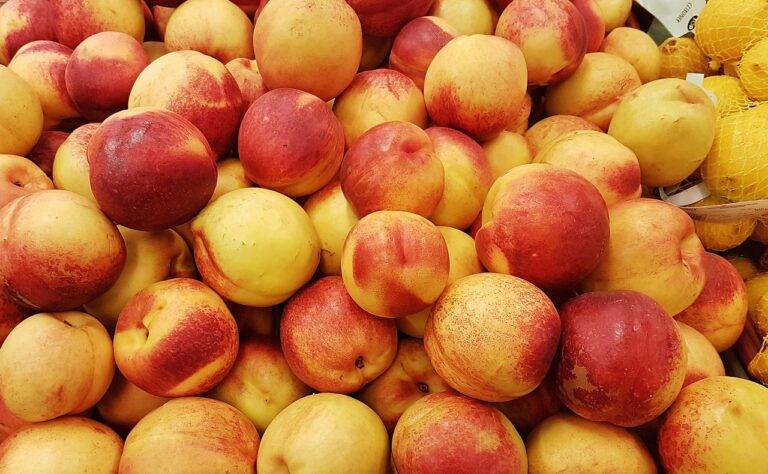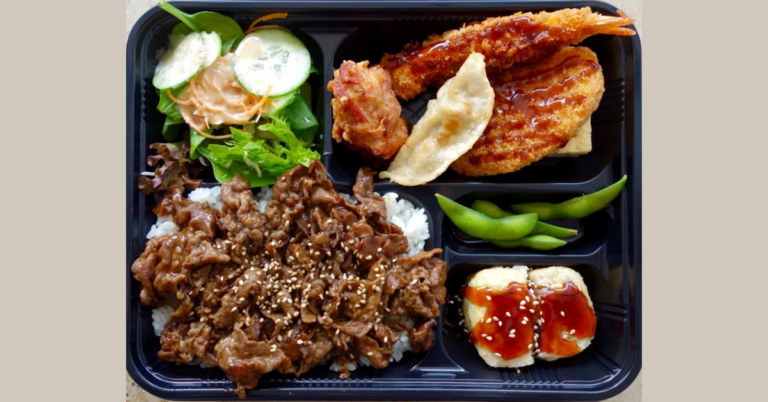Sustainable Packaging Solutions in the Food Industry: Balancing Functionality and Environmental Impact
One of the key challenges facing the food packaging industry is ensuring the safety and freshness of food products during storage and transportation. Packaging materials need to effectively protect against physical damage, contamination, and spoilage. In addition, meeting regulatory requirements for labeling, ingredient accuracy, and allergen control presents a significant hurdle for food packaging companies.
Another important aspect of food packaging challenges is minimizing environmental impact. The use of traditional packaging materials such as plastic can lead to waste and pollution. Finding sustainable alternatives that reduce the carbon footprint and are biodegradable is crucial for the future of food packaging. Additionally, balancing cost-effectiveness with sustainable practices is a complex task that many companies in the industry are grappling with.
The Importance of Sustainable Packaging
Sustainable packaging has become increasingly vital in today’s environmentally conscious world. As consumers become more aware of the impact of packaging waste on the planet, there is a growing demand for sustainable alternatives. The use of eco-friendly materials and processes in packaging design is not only beneficial for the environment but also helps companies align with consumer values.
By adopting sustainable packaging practices, businesses can reduce their carbon footprint and contribute to a greener future. Choosing biodegradable or compostable packaging materials can help minimize waste and enable the efficient disposal of packaging after use. Additionally, sustainable packaging can enhance brand image and attract environmentally-conscious consumers who prioritize sustainable practices in their purchasing decisions.
Innovative Materials in Food Packaging
In recent years, there has been a significant shift towards the use of innovative materials in food packaging. These new materials offer improved functionalities such as enhanced durability, increased barrier properties, and extended shelf life for food products. From biodegradable plastics made from plant-based sources to edible packaging solutions that reduce waste, the industry is continuously exploring novel materials to meet the growing demand for sustainable packaging options.
One of the key drivers behind the adoption of innovative materials in food packaging is the increasing consumer awareness and demand for eco-friendly solutions. Manufacturers are under pressure to reduce their environmental footprint and are turning to materials that are recyclable, compostable, or biodegradable. This shift towards sustainability not only benefits the environment but also helps companies enhance their brand image and meet regulatory requirements related to packaging waste.
Consumers are becoming more conscious of the environmental impact of packaging
Companies are looking for ways to reduce their carbon footprint and meet sustainability goals
Innovative materials offer a way to address both consumer demand and regulatory requirements in food packaging industry
The use of innovative materials in food packaging also presents opportunities for creativity and differentiation in the market. Brands can leverage unique packaging solutions to stand out on store shelves, attract consumers with visually appealing designs, or even incorporate interactive elements into their packaging. With advancements in technology, manufacturers can now explore unconventional materials such as edible films, smart packaging that monitors product freshness, or antimicrobial coatings that extend shelf life.
Moreover, these innovative materials not only offer functional benefits but also provide cost-effective solutions for companies looking to optimize their supply chain and reduce waste. By using materials that are lighter weight or require less energy to produce, businesses can lower transportation costs and minimize their overall environmental impact. This shift towards sustainable practices is driving innovation across the entire food packaging industry as companies strive to meet consumer expectations while staying competitive in the market.
What are some of the challenges in food packaging?
Some challenges in food packaging include maintaining freshness, preventing contamination, and reducing food waste.
Why is sustainable packaging important in the food industry?
Sustainable packaging helps reduce environmental impact, promotes resource efficiency, and meets consumer demand for eco-friendly products.
What are some innovative materials being used in food packaging?
Innovative materials such as biodegradable plastics, edible packaging, and compostable packaging are being used in food packaging to address sustainability concerns.
How can innovative materials improve food packaging?
Innovative materials can help extend shelf-life, reduce packaging waste, and provide better protection for food products.
Are there any regulations in place for using innovative materials in food packaging?
Yes, there are regulations in place to ensure the safety and quality of food packaging materials, including those made from innovative materials.







